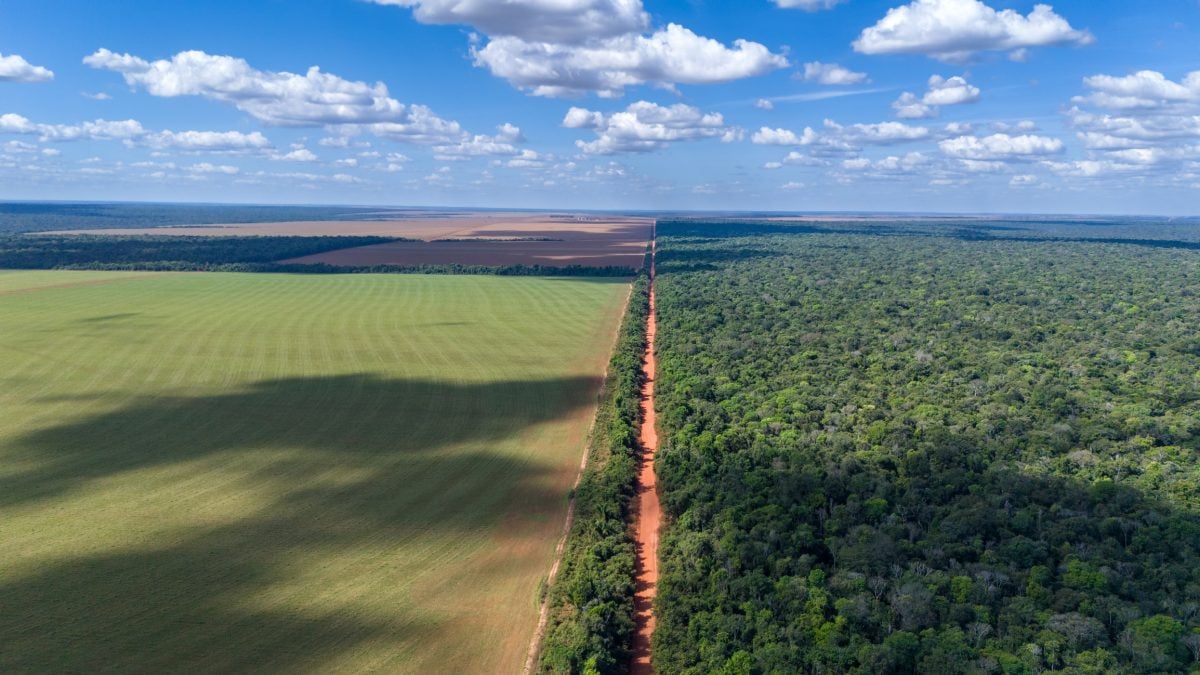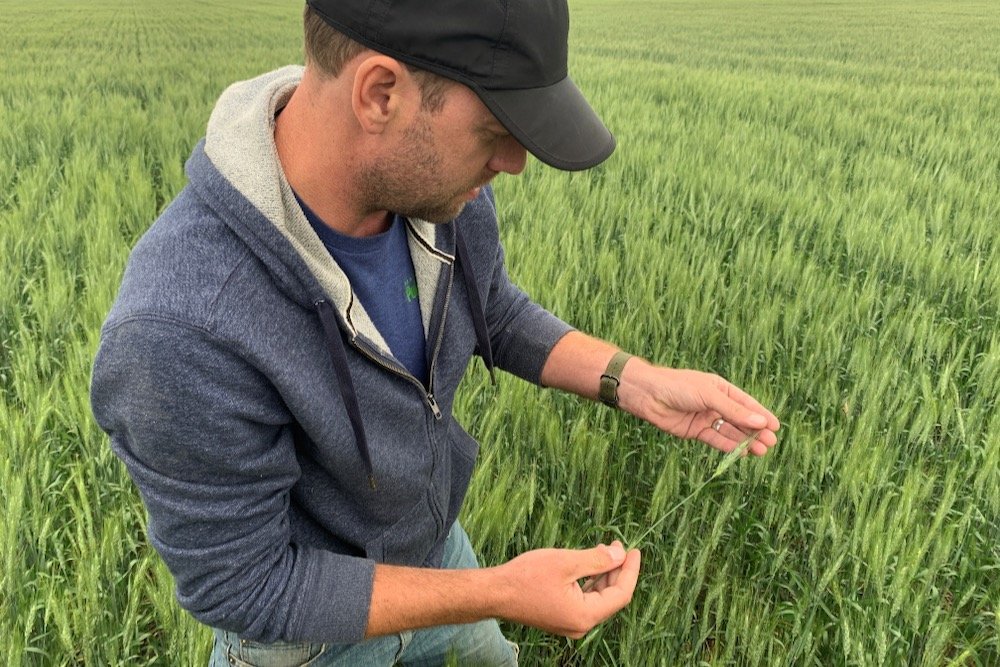Saskatchewan’s provincial crop insurance agency is raising the yield threshold at which drought-damaged crops can be grazed, baled for greenfeed or cut for silage with no penalty on future coverage.
Saskatchewan Crop Insurance Corp. said Wednesday it would double the “low yield appraisal” threshold values on cereal or pulse crop acres put to feed.
SCIC gave the example of a barley crop on which the write-off threshold was seven bushels per acre. Wednesday’s announcement doubles that threshold to 14.
That means if the barley crop yields 14 or fewer bu./ac., the grower’s updated future coverage would be based in part on that yield level — but the yield used for this year’s crop insurance claim would be set at zero bu./ac.
Read Also

Soy trading firms to abandon Amazon protection pact in Brazil
Some of the world’s largest soybean traders are preparing to break their agreement to curb deforestation of the Amazon rainforest to preserve tax benefits in Brazil’s top farm state, two people with direct knowledge of the matter told Reuters.
Thus, the grower’s crop insurance coverage would “not be negatively impacted if customers chose to divert grain crops to feed,” the province said in Wednesday’s release.
Growers are still asked to contact the local SCIC office and talk over their options before grazing, baling or silaging such crops — but are otherwise encouraged to make arrangements with their neighbours.
“I want to encourage grain producers to work with neighbouring livestock producers to make feed available,” provincial Ag Minister David Marit said, so damaged crops intended for harvest “can be put to an alternate use.”
Waterworks
The province on Wednesday also announced a temporary boost to the 50 per cent funding available through its federal/provincial farm and ranch water infrastructure program (FRWIP) for ranchers to set up pipelines, wells or dugouts.
The maximum rebate ranchers can get from FRWIP for costs related to dugouts, pipelines and wells is usually capped at $50,000 over the life of the program.
However, retroactive to April 1 this year and up to March 31, 2022, the maximum FRWIP rebate for livestock producers only will increase to $150,000.
The first $50,000 will be based on the usual 50-50 cost-share, while the remaining $100,000 will be on a 70-30 government-producer cost-share, the province said.
The new boost in FRWIP funding follows Saskatchewan’s recent expansion to the federal/provincial Farm Stewardship Program to help back ranchers in building ponds, ditches, dikes or berms to collect or manage runoff.
Tax deferral
The province said Wednesday it has also put in the formal request for the federal government to designate the entire province as an eligible area through the livestock tax deferral program.
That program allows producers in designated jurisdictions who may need to liquidate part of a breeding herd due to feed or water shortages (or due to excess moisture, in years when that happens) to temporarily defer income tax owing on those livestock sales.
Wednesday’s announcements come as farm groups and others call for governments to help drought-affected farmers.
Ontario MP Lianne Rood, the opposition ag critic for the federal Conservatives, released a letter Wednesday to federal Ag Minister Marie-Claude Bibeau, asking for not only all of Saskatchewan, but all of Alberta and Manitoba and parts of British Columbia and western Ontario, to be designated under the livestock tax deferral program.
Rood also asked Bibeau to set up federal/provincial programs under AgriRecovery to support affected farms buying replacement feed. “During past drought seasons this has proven an effective response,” she wrote.
Separately, the Agricultural Producers Association of Saskatchewan (APAS) on Wednesday called for Marit and Bibeau to designate the entire province for the tax deferral plan, and to “assist with water supplies and water quality management.”
APAS had also asked the province to “help expedite the conversion of drought-damaged crops into livestock feed such as green feed, silage, or grazing.”
APAS also asked the governments to extend the enrolment period for the AgriStability farm income stabilization program — and reiterated its June 29 call for the province to increase AgriStability’s compensation rate to 80 per cent from the current 70, following Ontario’s recent move.
“The government can’t make it rain, but there are concrete actions they can take to alleviate some of the burdens producers are dealing with,” APAS president Todd Lewis said in a separate release Wednesday.
Current drought conditions “represent a real threat to the livelihoods of western Canadian livestock producers who may face shortages of feed and pasture directly leading to the culling of their herds,” Rood said in her letter. — Glacier FarmMedia Network















